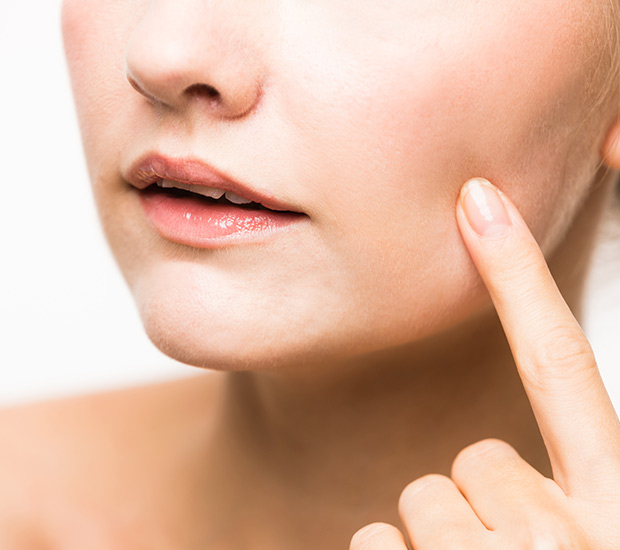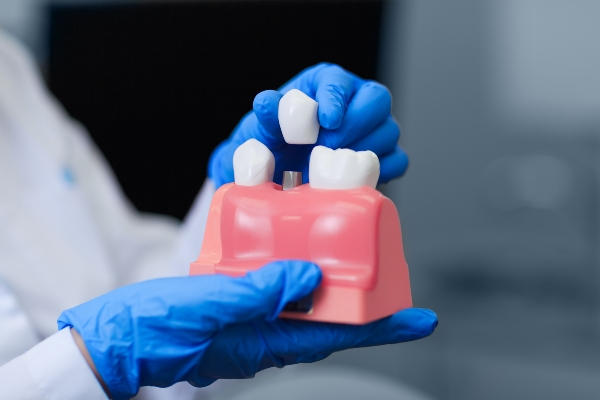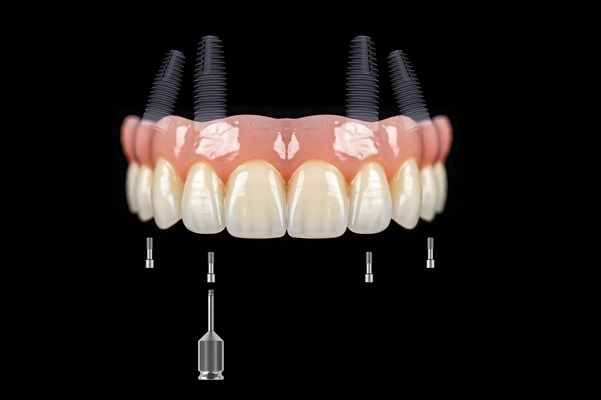Bone GraftingSan Diego, CA
Bone grafting is a surgical procedure that involves transplanting bone tissue. Several factors may lead a person to have insufficient natural bones in the mouth. Bone grafting can often repair or rebuild these teeth.
Bone grafting is available at Torrey Hills Periodontal Group in San Diego and the surrounding area. This procedure may allow us to restore both the function and appearance of the mouth. Call us today at 858-925-1188 to schedule an appointment or to learn more about our services.
Understanding Bone Grafting
Many people are surprised to learn that missing teeth are more than a matter of aesthetics. They also pose a significant detriment to functionality. Bone grafting can help replace missing bones and promote new bone growth. The procedure involves the surgeon making an incision over the bone defect, shaping and inserting the bone graft into and around the area, and holding it in place with pins, plates, or screws.
Several potential factors may contribute to jaw bone deterioration and loss, including congenital disabilities, facial trauma, malocclusion, oral pathology, periodontal diseases, and sinus deficiencies. Over time, missing teeth may cause the jaw bone to atrophy (or resorb). Additionally, the remaining bone may not be sufficient, either in quality or quantity, to place dental implants. Bone loss may also cause the facial appearance to sag, impede a patient’s ability to speak and chew, expand the sinuses, and complicate future dental procedures.
Why Bone Grafting
Not all bone grafting procedures are the same. For instance, any grafting performed in preparation for dental implants or to fill an empty bone socket may be considered minor; bone grafting to correct any jaw irregularities may be regarded as major. In any case, bone grafting may assist in nerve repositioning, ridge augmentation, sinus lift surgery, and socket preservation.
Nerve Repositioning
Dental implant placement often requires repositioning of the inferior alveolar nerve. A nerve repositioning procedure will typically involve exposing the nerve and vessel canal by removing an outer section of the cheek on the side of the lower jaw bone. The surgeon will then isolate the nerve and vessel bundle in that area before pulling it out slightly to the side and placing the implants. The bone graft material refills the incision site before it is closed.
Ridge Augmentation
Bone grafting can also assist in the restoration of the alveolar ridge bone. Ridge augmentations are typically performed after tooth extractions to recreate the natural contour of the gums and the jaw. Prior tooth extractions tend to lead to the loss of such contours. There will be an empty socket in the alveolar ridge bone after tooth extraction. Though this socket will usually heal on its own, it sometimes breaks and deteriorates.
Sinus Lift
It is sometimes necessary to raise the sinus floor to allow for new bone formation. This procedure is known as sinus lift surgery or sinus augmentation surgery. It is typically only necessary when the sinus wall is too thin to place dental implants in the bone, usually due to either injury or periodontal disease.
Socket Preservation
It is possible for the bone (or socket) that once held a tooth in place to become damaged by disease or infection after tooth extraction. This may eventually cause a deformity of the jaw, which may prove obstructive in performing future restorative dentistry treatments. Socket preservation can help preserve the bone. This procedure involves filling the socket immediately with bone or bone substitute after extraction. The surgeon will then cover it with artificial membrane, gum, or tissue to aid in the healing process.
Check out what others are saying about our Bone Grafting services on Yelp: Bone Grafting San Diego
Types of Bone Grafting
Bone grafts can use material from either the patient or a donor. The three most common types of bone grafts are autogenous bone grafts, allogenic bone grafts, and xenogenic bone grafts. Each type has its unique risks and benefits.
Autogenous bone grafts, also known as autografts, take bone from the patient’s body (typically from the chin, jaw, hip, lower leg bone, or skull). Allogenic bone grafts, also known as allografts, involve harvesting dead bone from a cadaver and processing it through a freeze-dry method. Xenogenic bone grafts take bones from other species, typically cows. Xenogenic samples are subject to very high temperatures to minimize the risk of rejection and contamination.
Unlike autografts, allografts and xenogenic bone grafts cannot produce new bone on their own. As such, bone regeneration after these procedures may take longer than with autografts. On the other hand, they do not require a separate procedure to harvest bone, as autografts do.
Frequently Asked Questions
How should I prepare for bone grafting?
We will provide you with any specific information you need for your procedure. Typically, however, we will conduct a comprehensive overview of your complete medical history and perform a physical examination well in advance. You may need to fast before surgery to avoid any potential complications with anesthesia.
Is bone grafting really necessary for dental implants?
Not always. However, some patients have jawbones that are either too thin or too soft for placement without bone grafting. We can help determine what the best course of action is for you.
Are there any substitutes for bone grafts?
There are many synthetic materials available for bone grafts. These include bone morphogenetic composites, demineralized bone matrix (DBM), demineralized freeze-dried bone allograft (DFDBA), and graft composites.
How long is the recovery time for a bone graft?
Recovery time for bone grafting varies depending on the procedure and the patient. Typically, however, you can expect it to take anywhere from a few months to over a year. We can go carefully over your treatment plan to determine what you can expect.
Is it possible my body will reject bone grafting?
It is rare, but it is possible. Our qualified team will work closely with you to minimize any risks you will undergo during your procedure. Your safety is our priority. Additionally, we are happy to answer any questions or concerns you may have throughout the process.
Call Us Today
If deteriorating teeth have you stressed, bone grafting may be a viable option for you. We at Torrey Hills Periodontal Group can help. Call us today at 858-925-1188 to schedule an appointment or to learn more about our services.
Torrey Hills Periodontal Group is located at 4765 Carmel Mountain Road Ste 204 San Diego, CA 92130.





